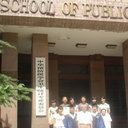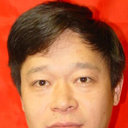Diffuse low-grade glioma mimicking ischaemic infarct: a case report.
Klíčová slova
Abstraktní
Diffuse Low-Grade Gliomas (LGGs) include World Health Organization (WHO) grade II diffuse astrocytoma, oligodendroglioma and oligoastrocytoma. Since the neurological symptoms of LGGs are often subtle and deceptive, LGGs are easily overlooked at their early stage. Here, we report a case of a 49-year-old female with symptoms and imaging manifestations mimicking ischaemic infarct. After treatments for ischaemic stroke, the symptoms initially fluctuated and then aggravated. In addition, we found that the locations of the lesions did not match the vascular distribution and no obvious abnormalities were observed by Computed Tomography (CT) angiography and transcranial Doppler. The results from the Magnetic Resonance Spectroscopy (MRS) and from the stereotactic biopsy directed to the final diagnosis of WHO grade II, isocitrate dehydrogenase (IDH)-wild-type diffuse astrocytoma. This is the first reported LGG case with a stroke-like onset. This case illustrates how easy it is to misdiagnose an LGG as a stroke if just using cerebral CT and magnetic resonance imaging. MRS and biopsy can assist with the differential diagnosis process thereby avoiding inappropriate or delayed treatments.



